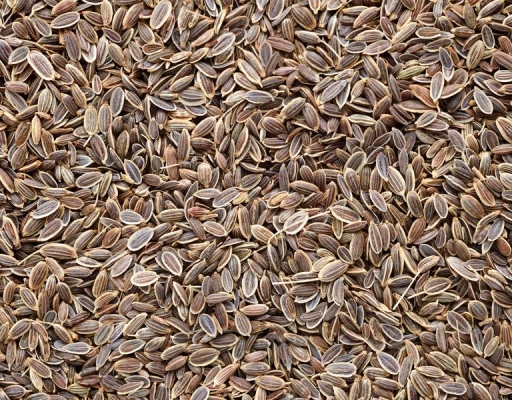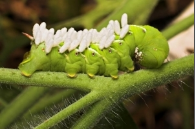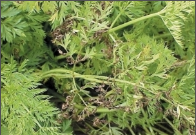General Information
Dill is annual herbaceouse crop having leaves with pleasant smell and warm taste and yellow attractive flowers. The Indian dill is native of Northen India. It looks like fennel plant grows from 2 to 2.5 feet. Its seed and leaves are used as spice. They are used in soups, salads, sausages and pickling. Dill seeds and oil have medicinal property and used for preparing medicine. Oil is extracted from seeds, leaves and stems. India and Pakistan are major dill seed producing countries. In India major dill seeds cultivating states are Punjab, Uttar Pradesh, Gujarat, Maharashtra, Assam and West Bengal.













